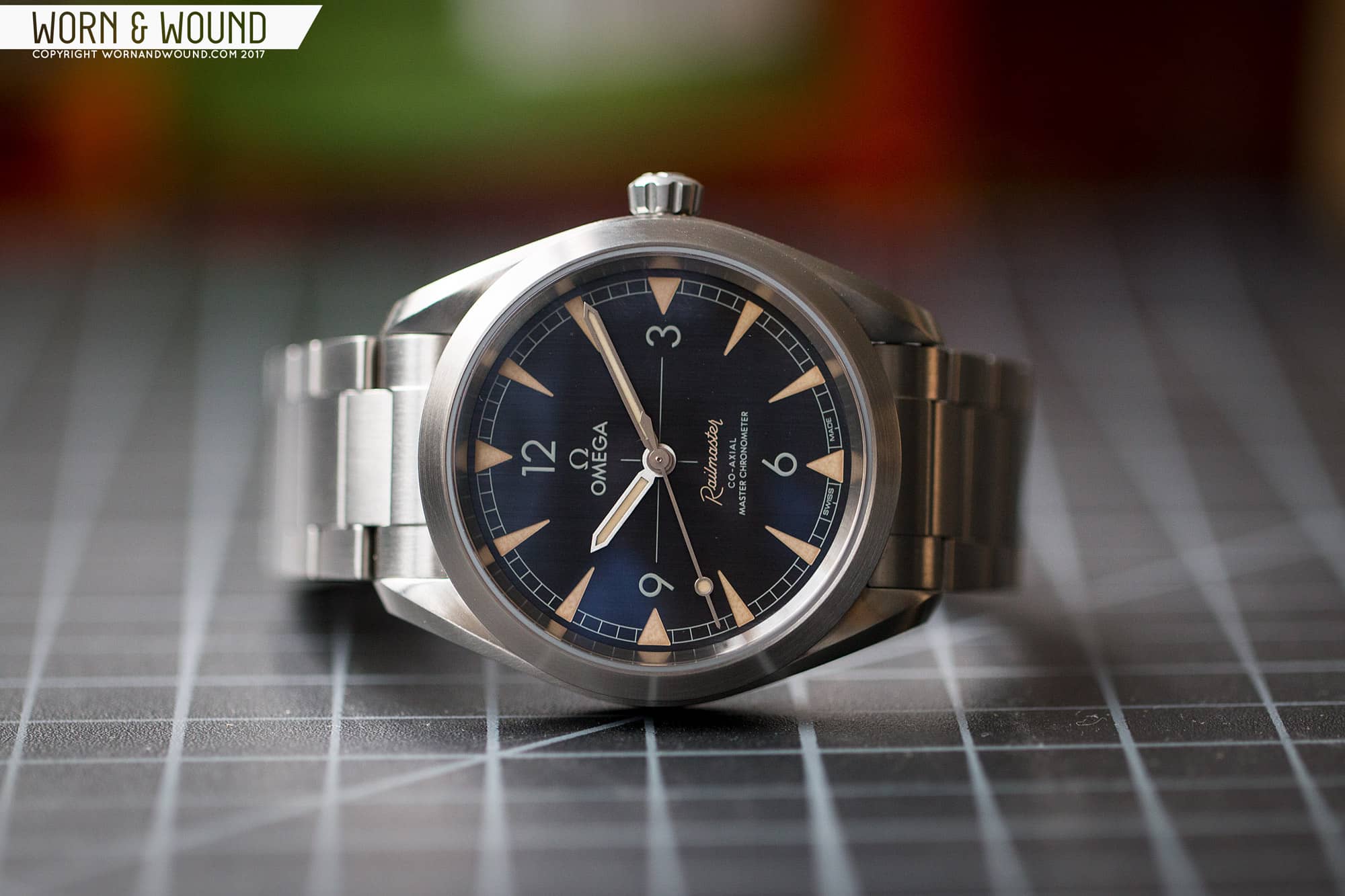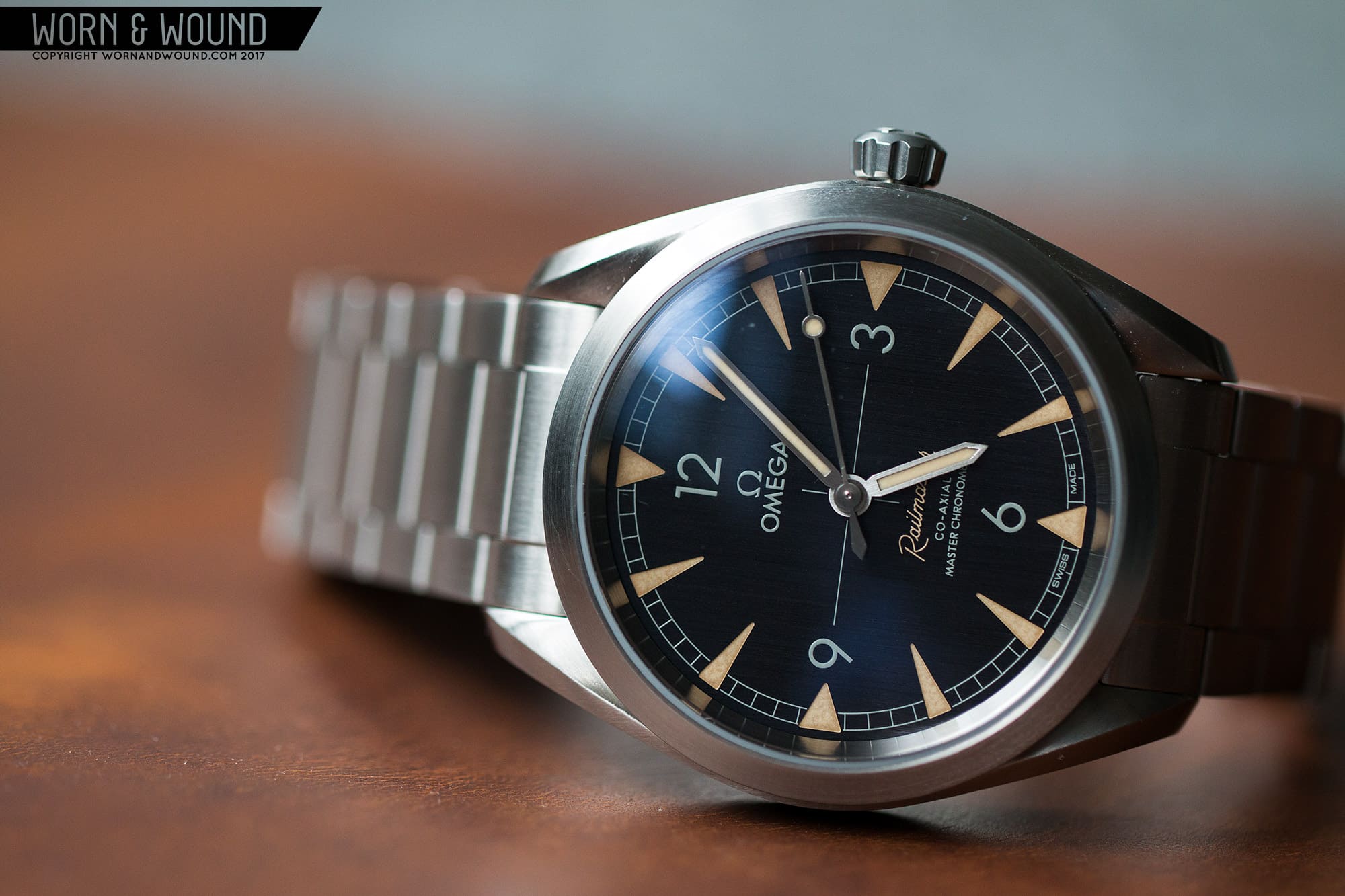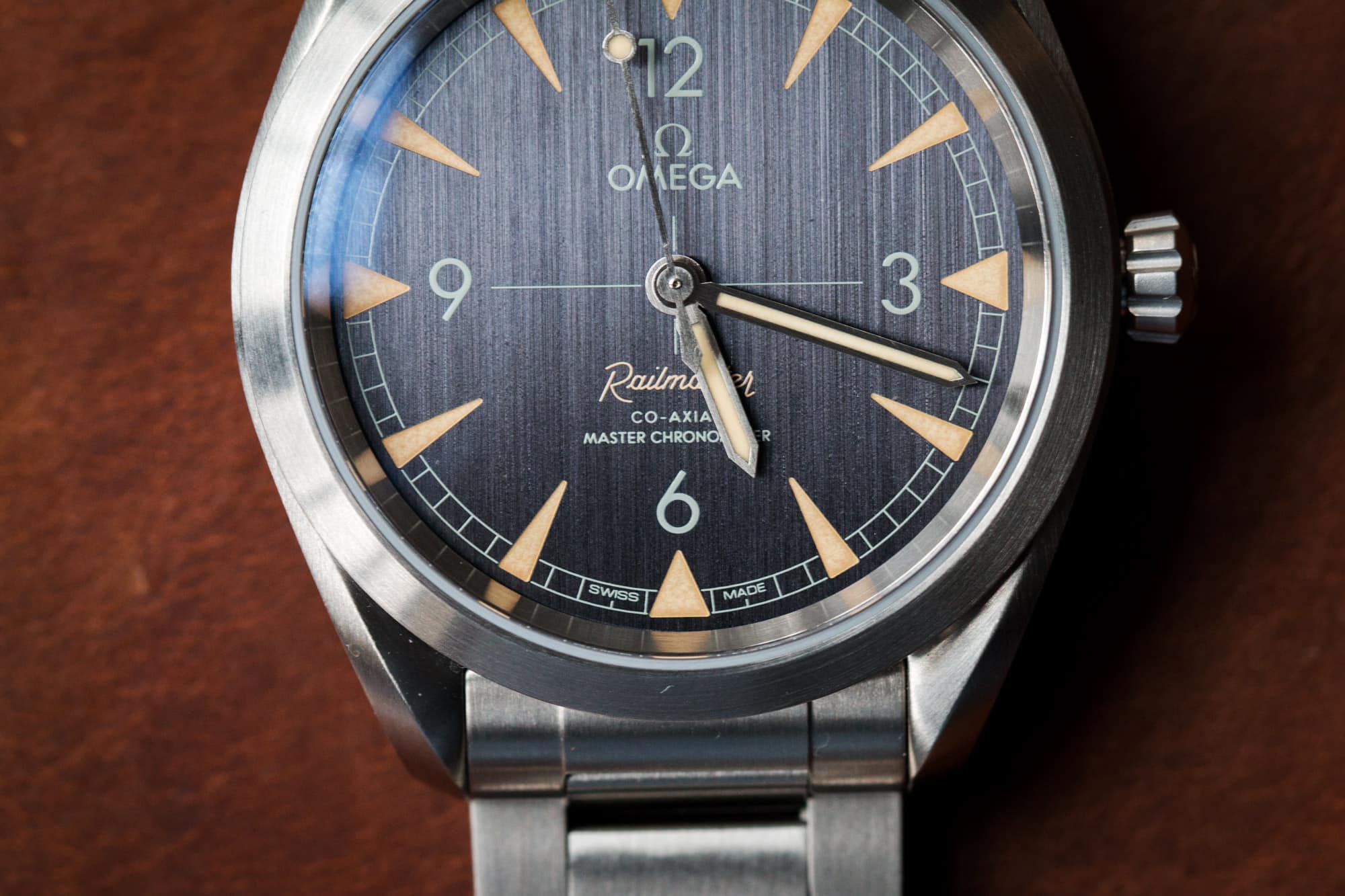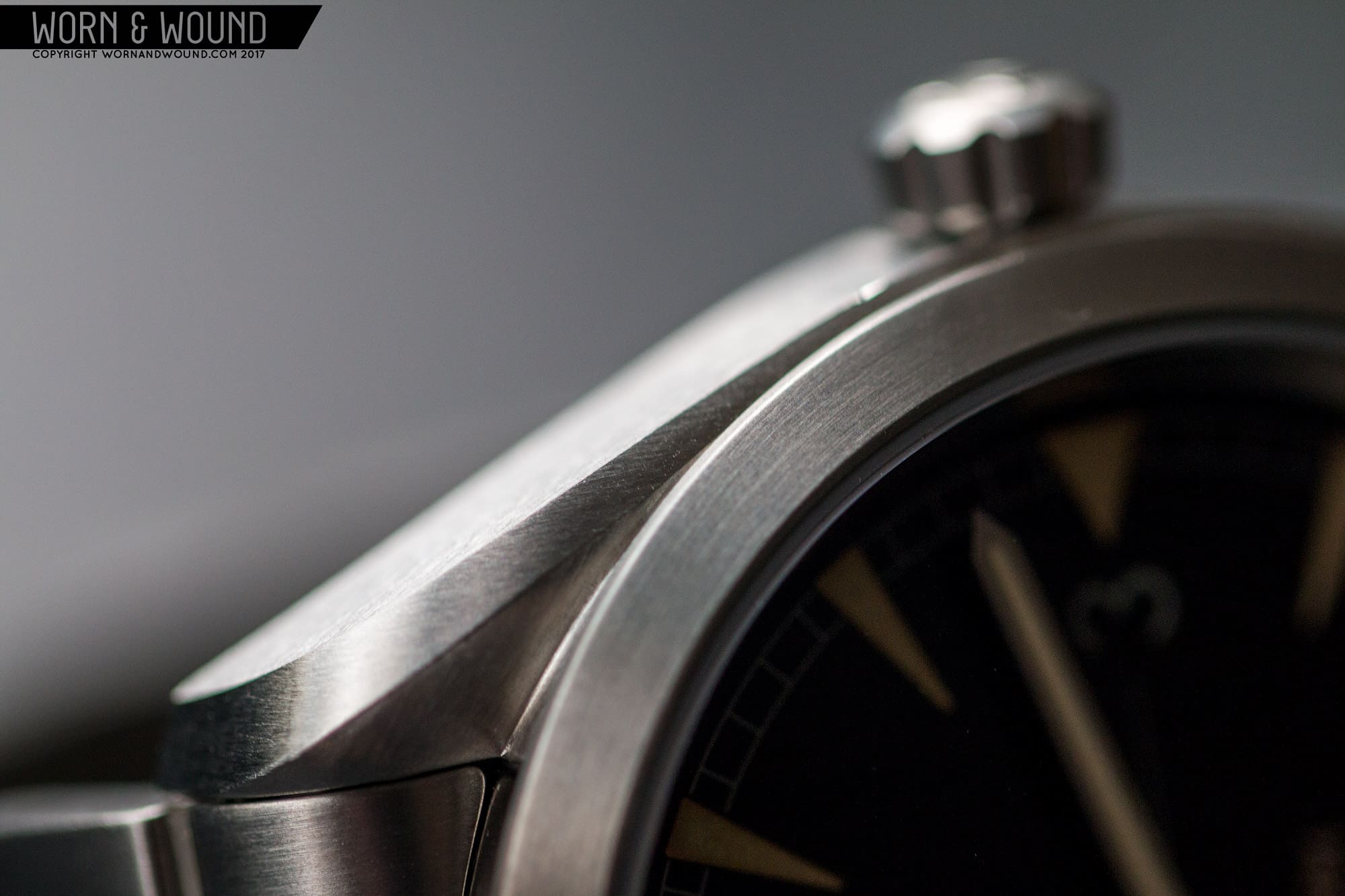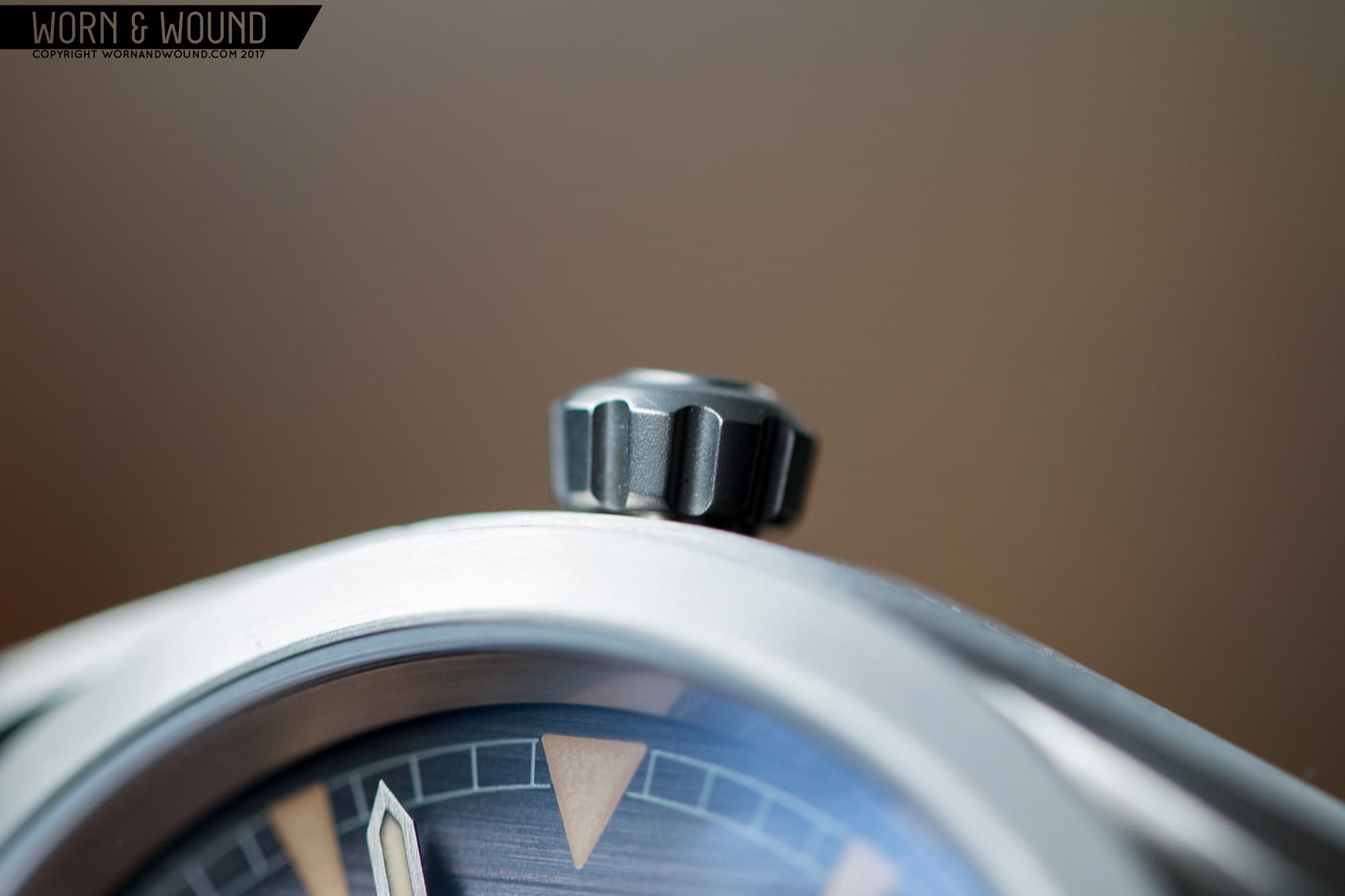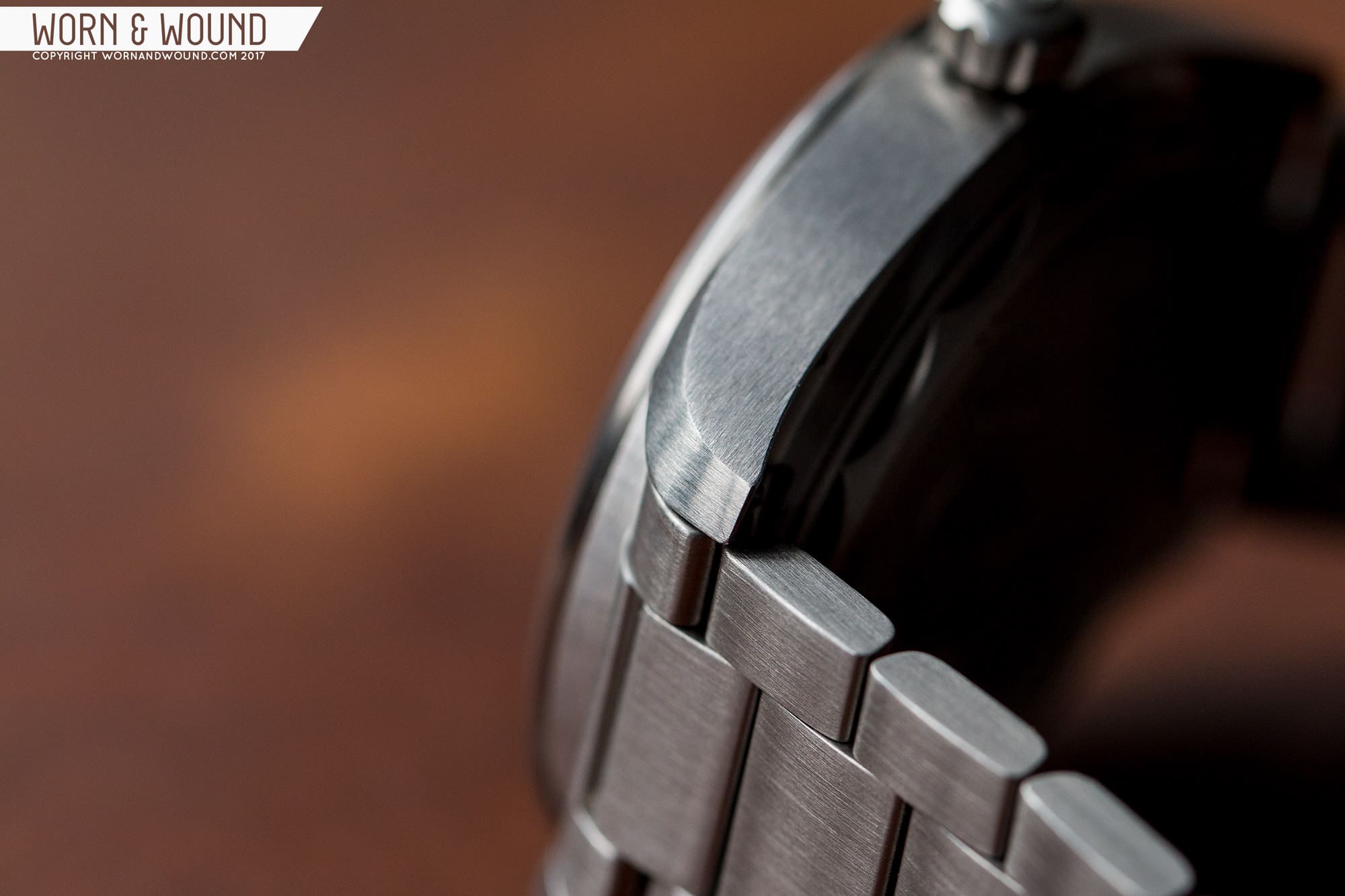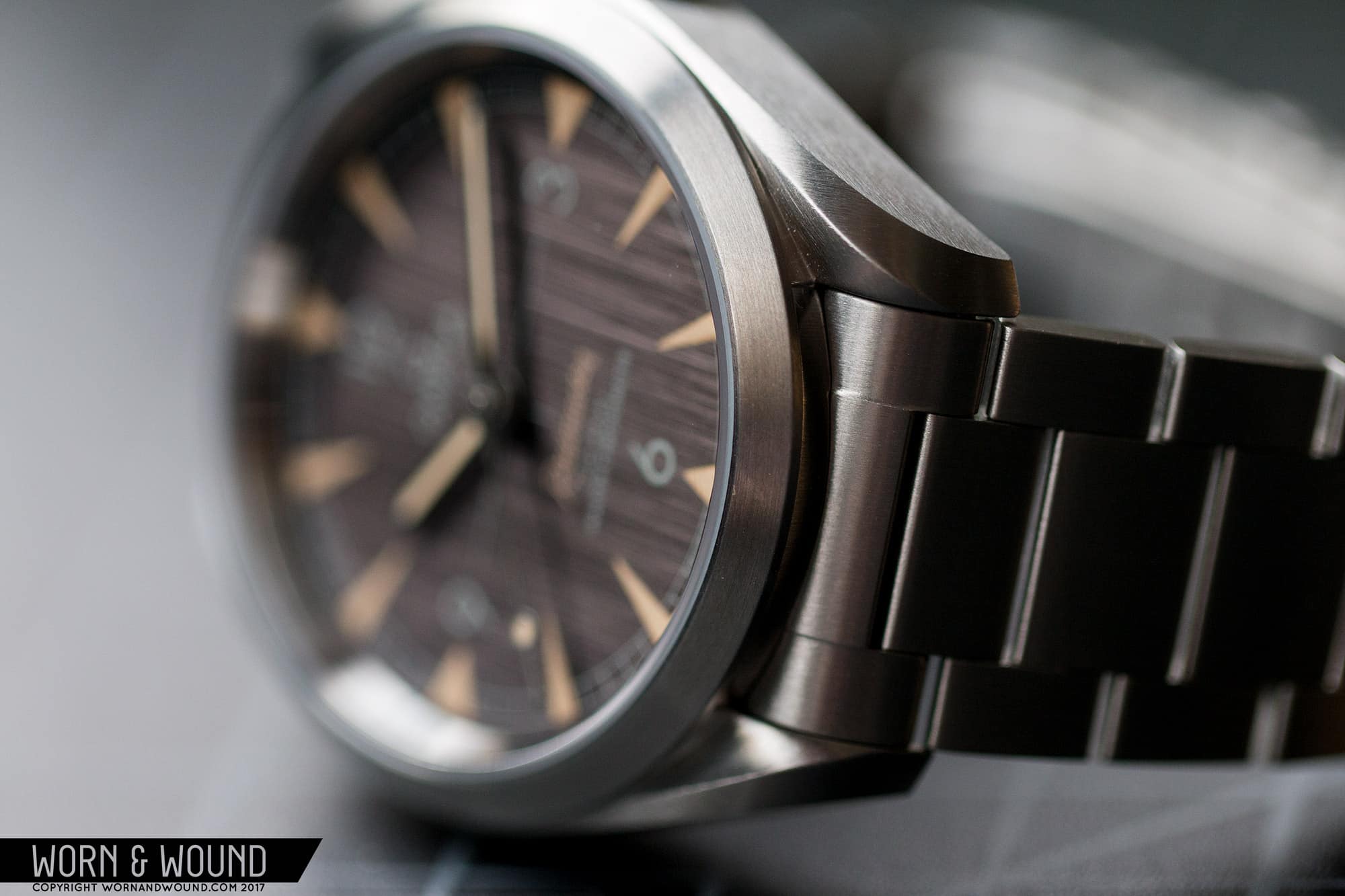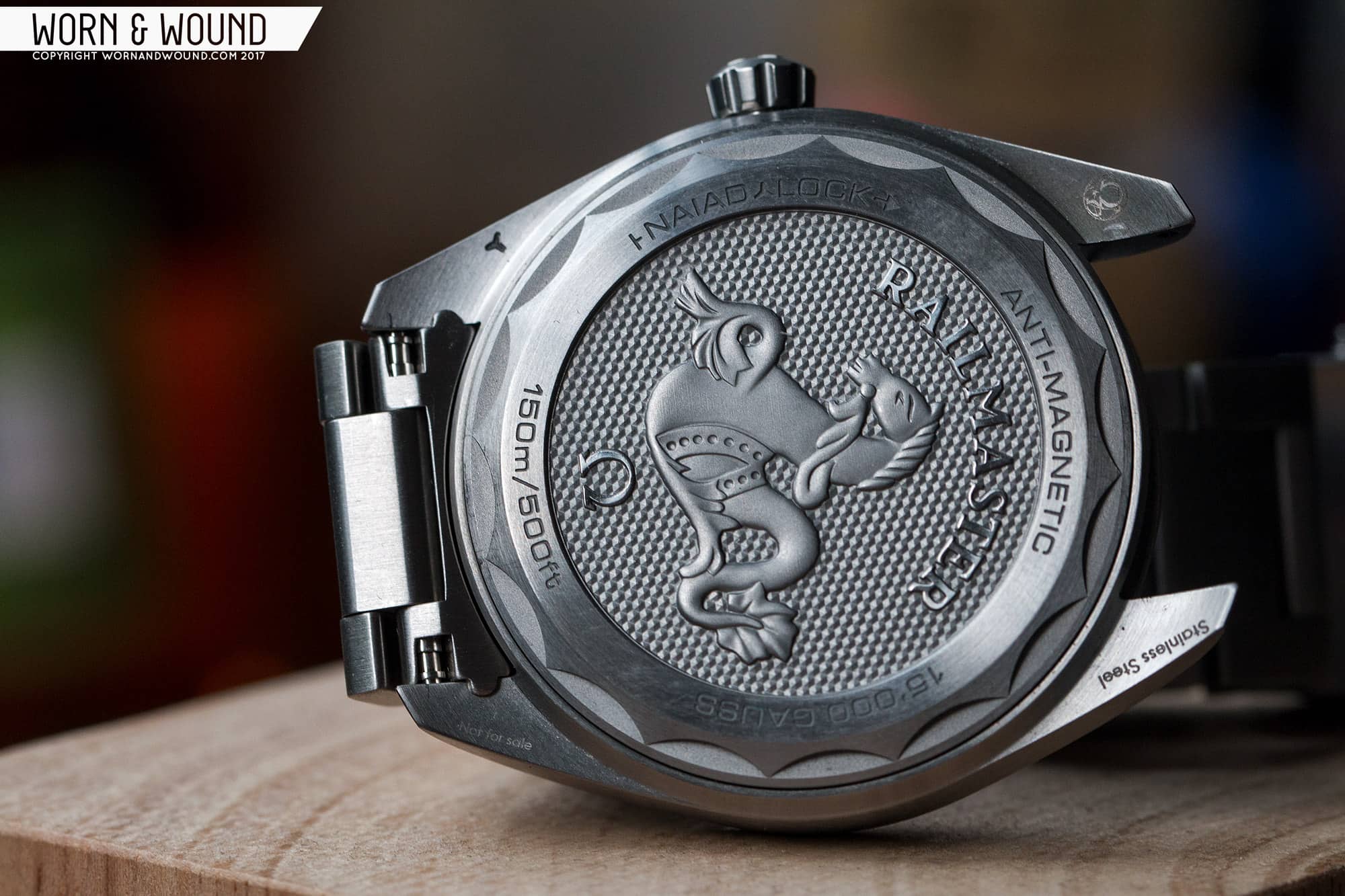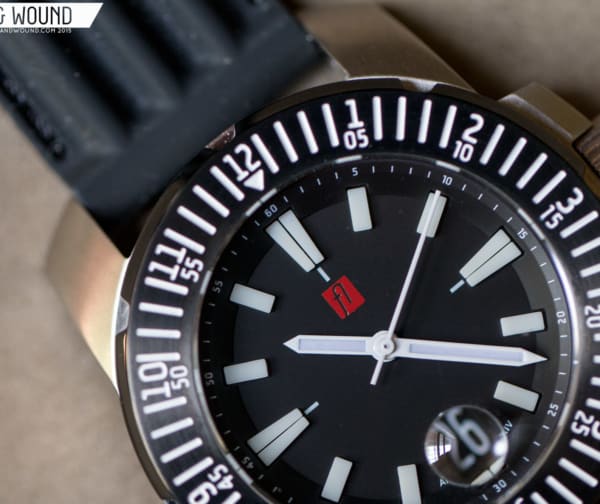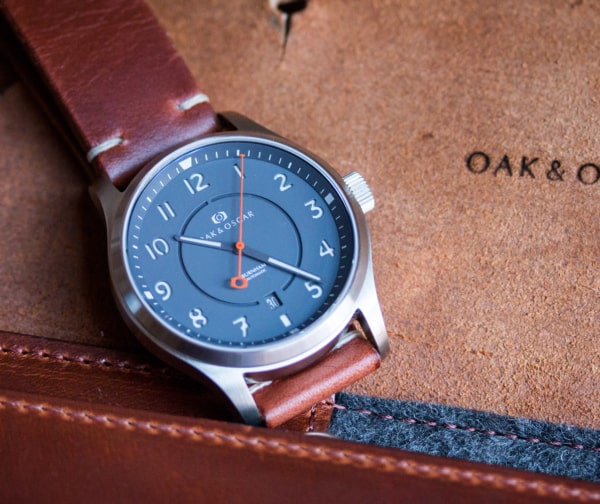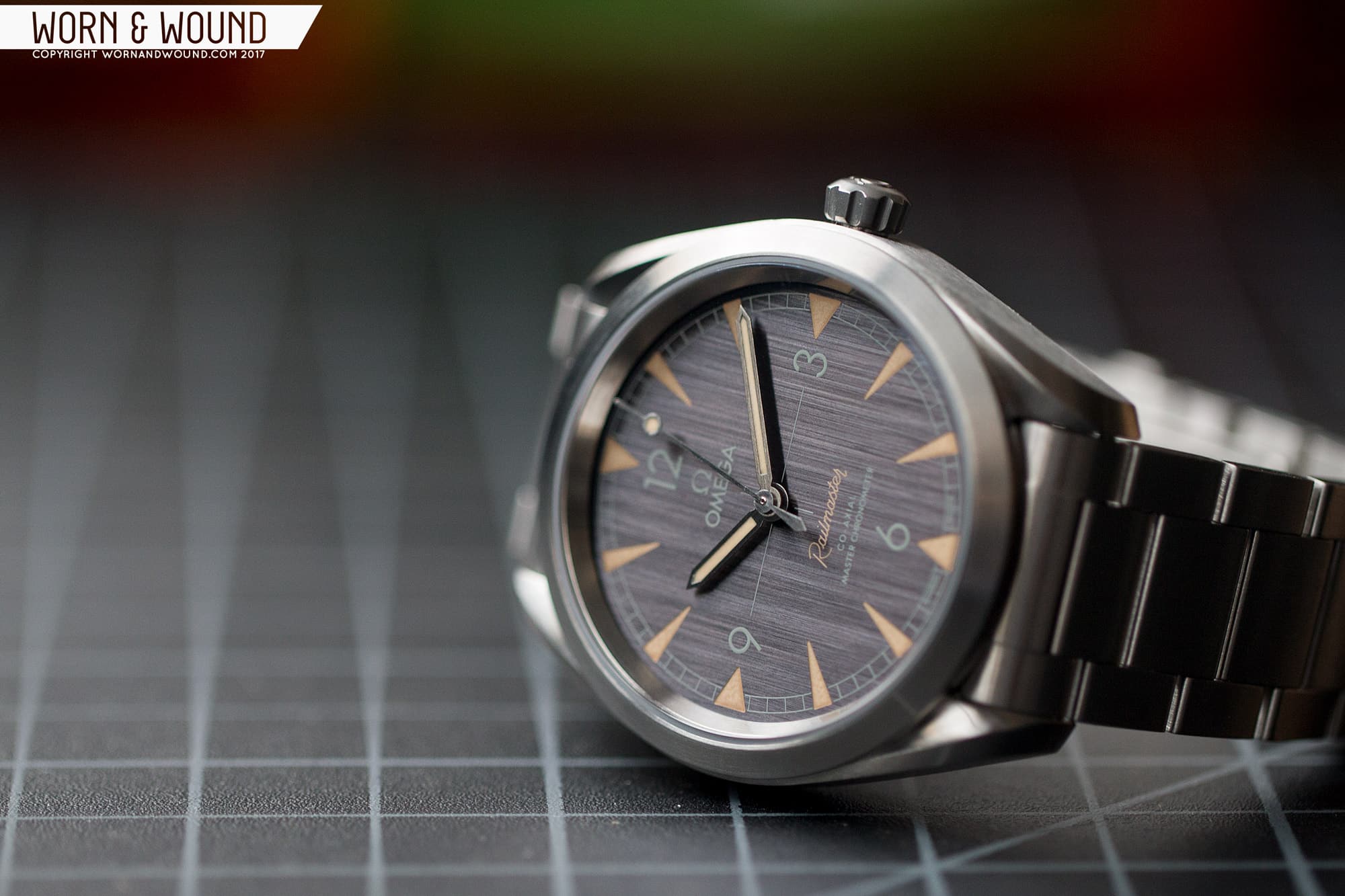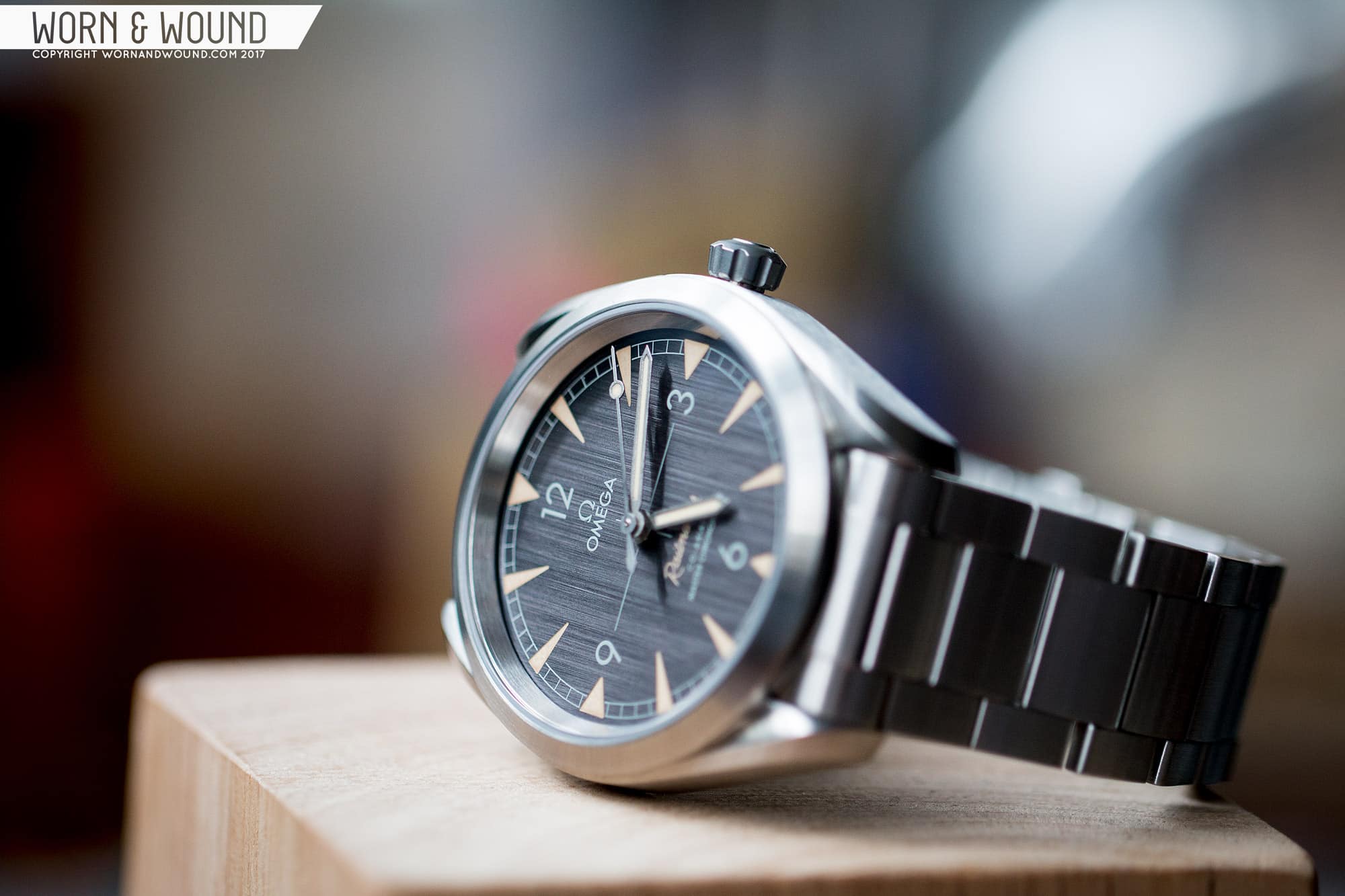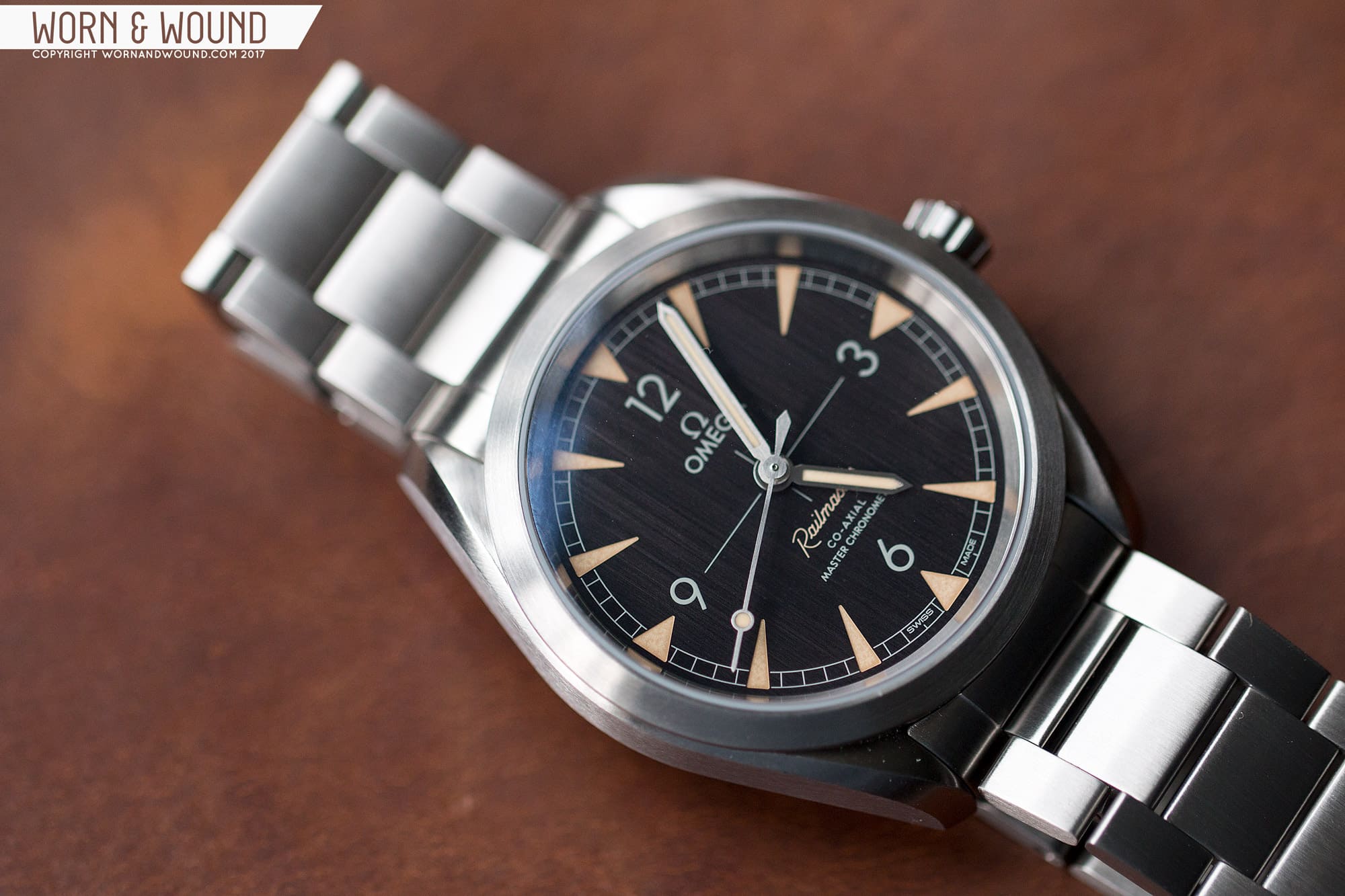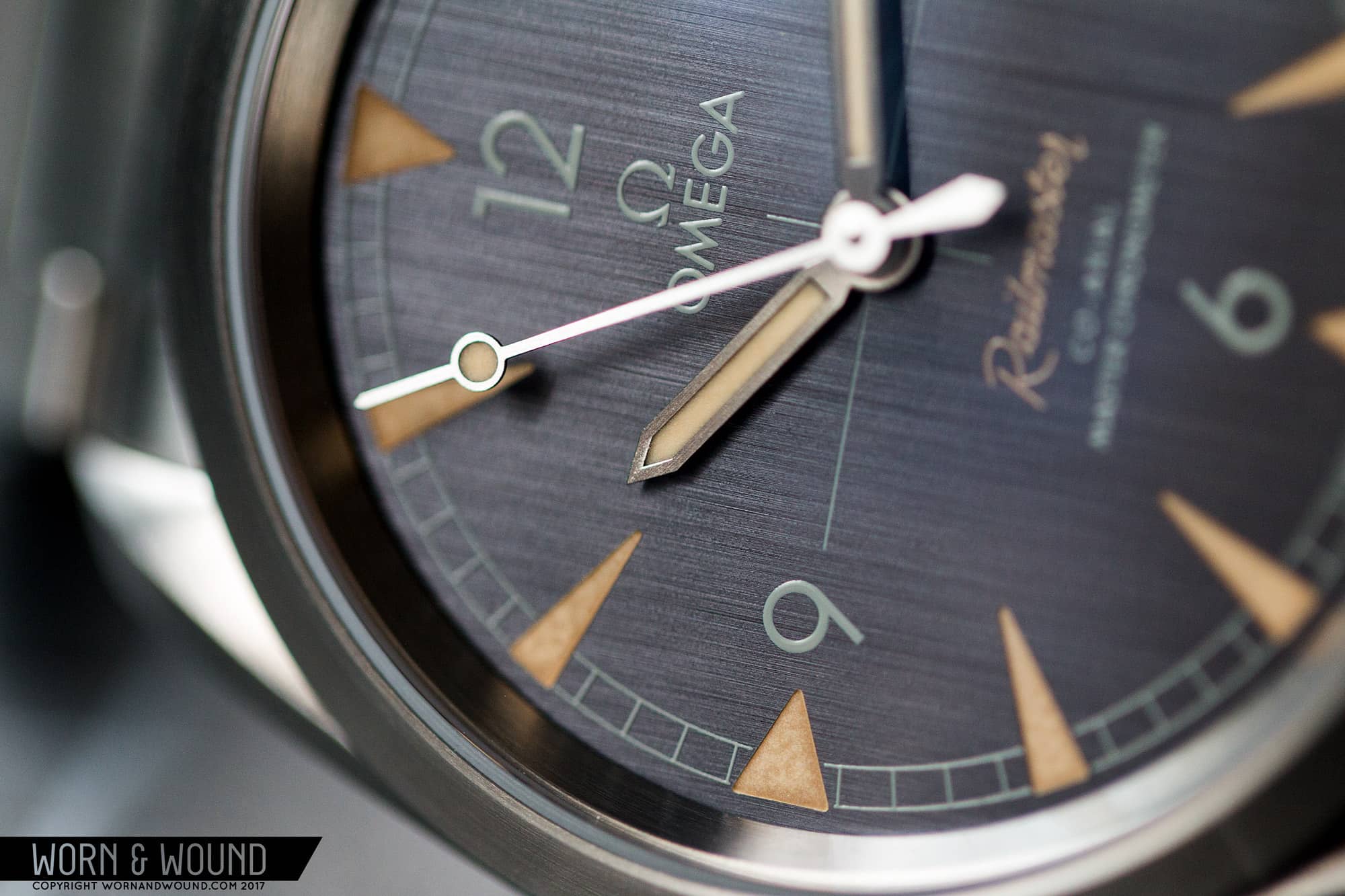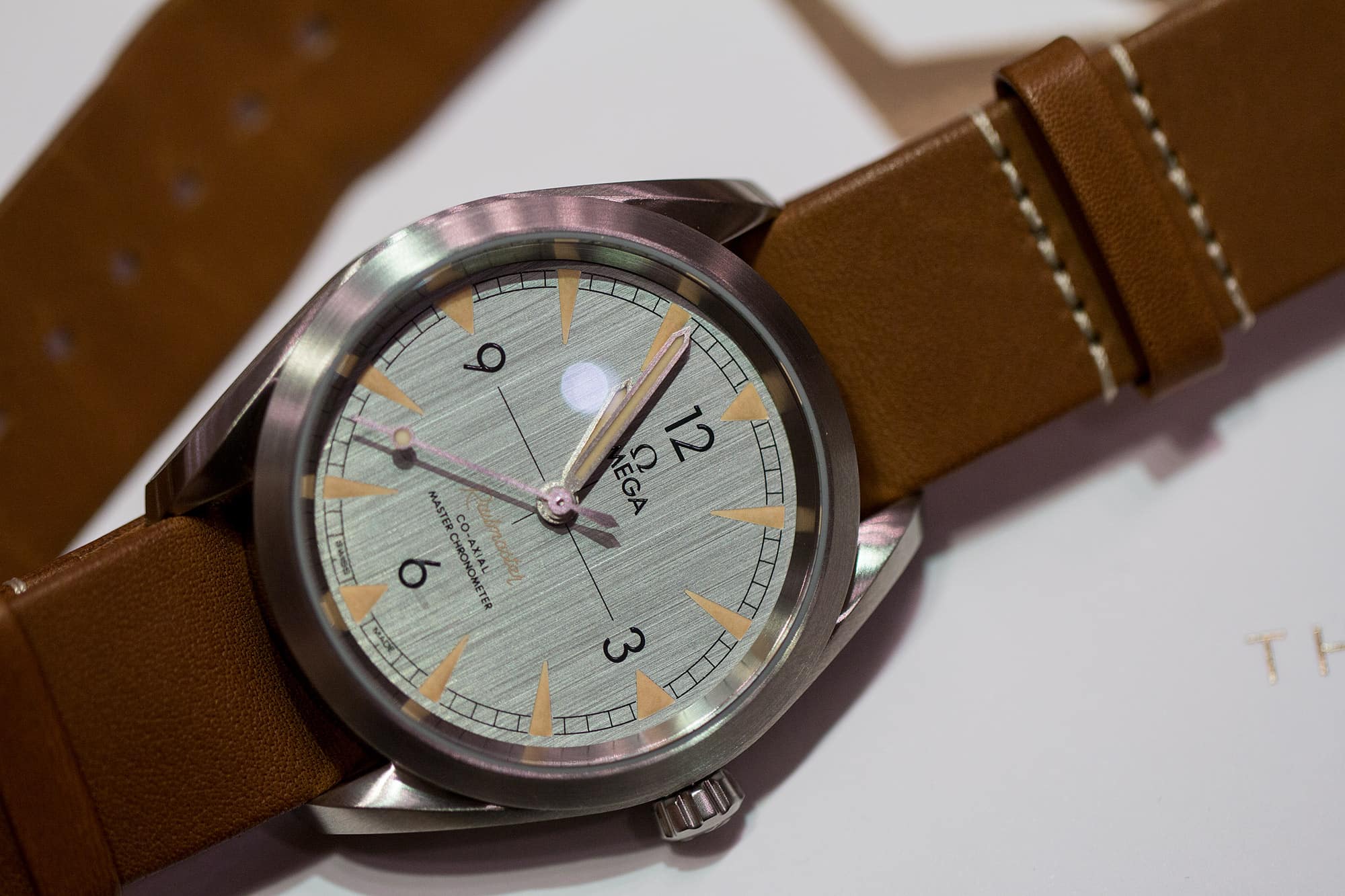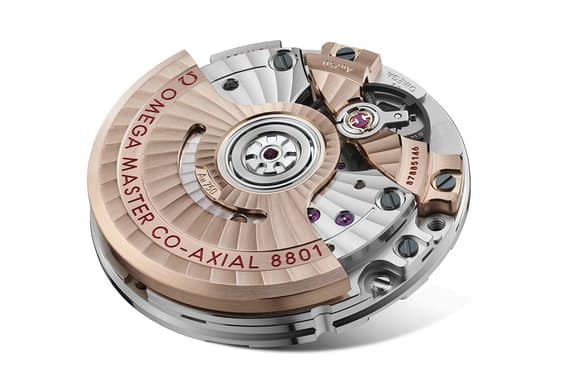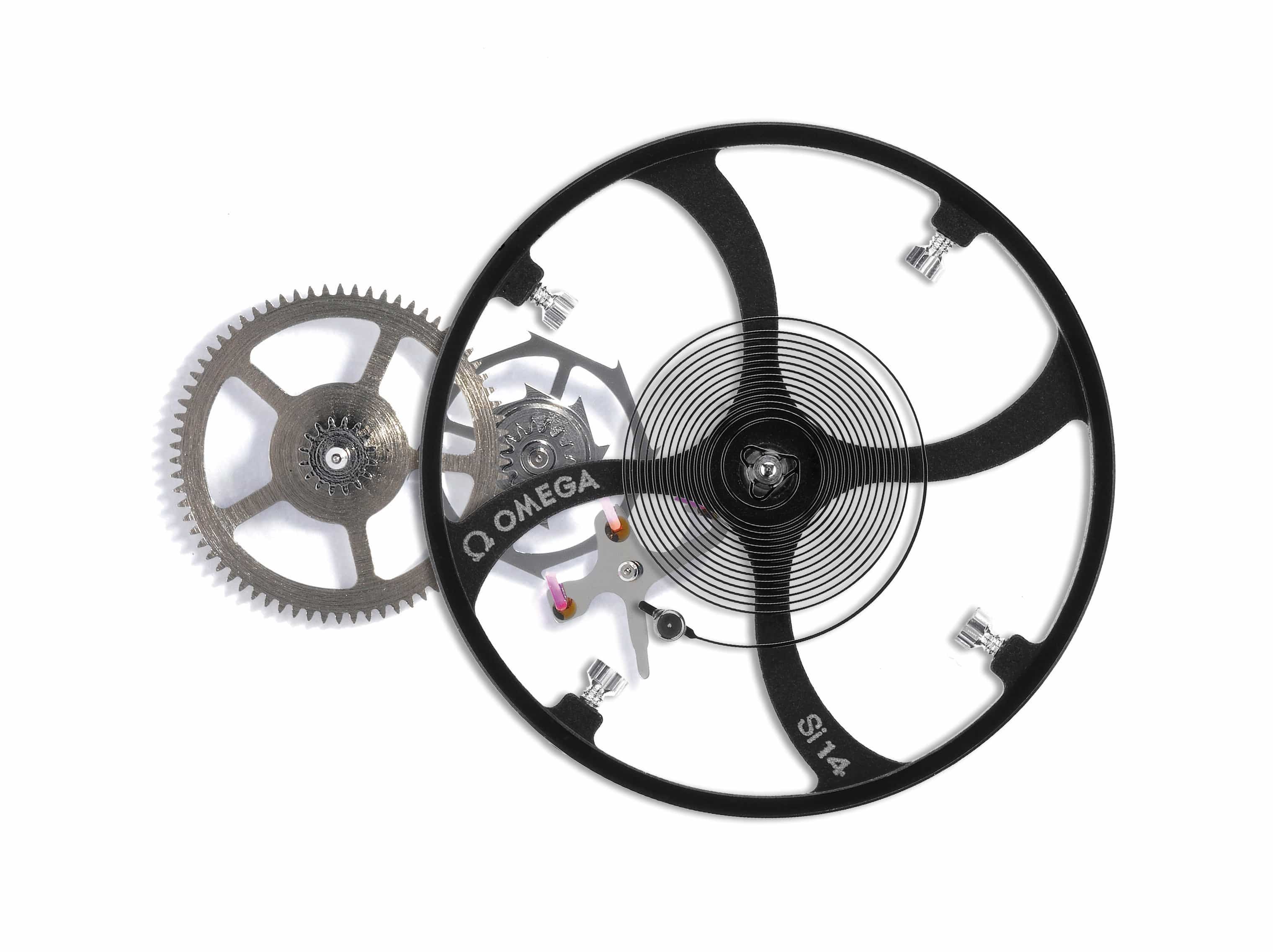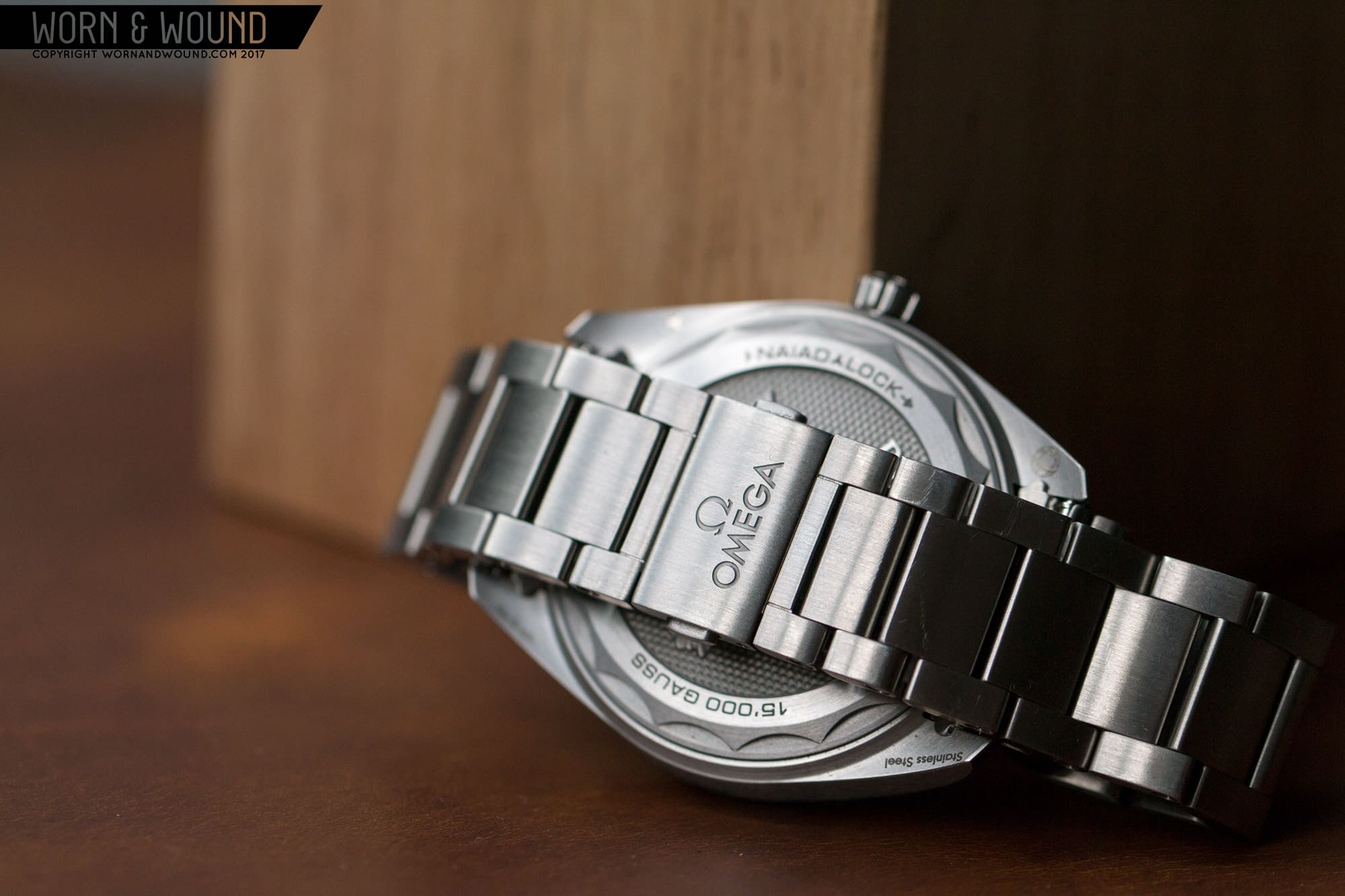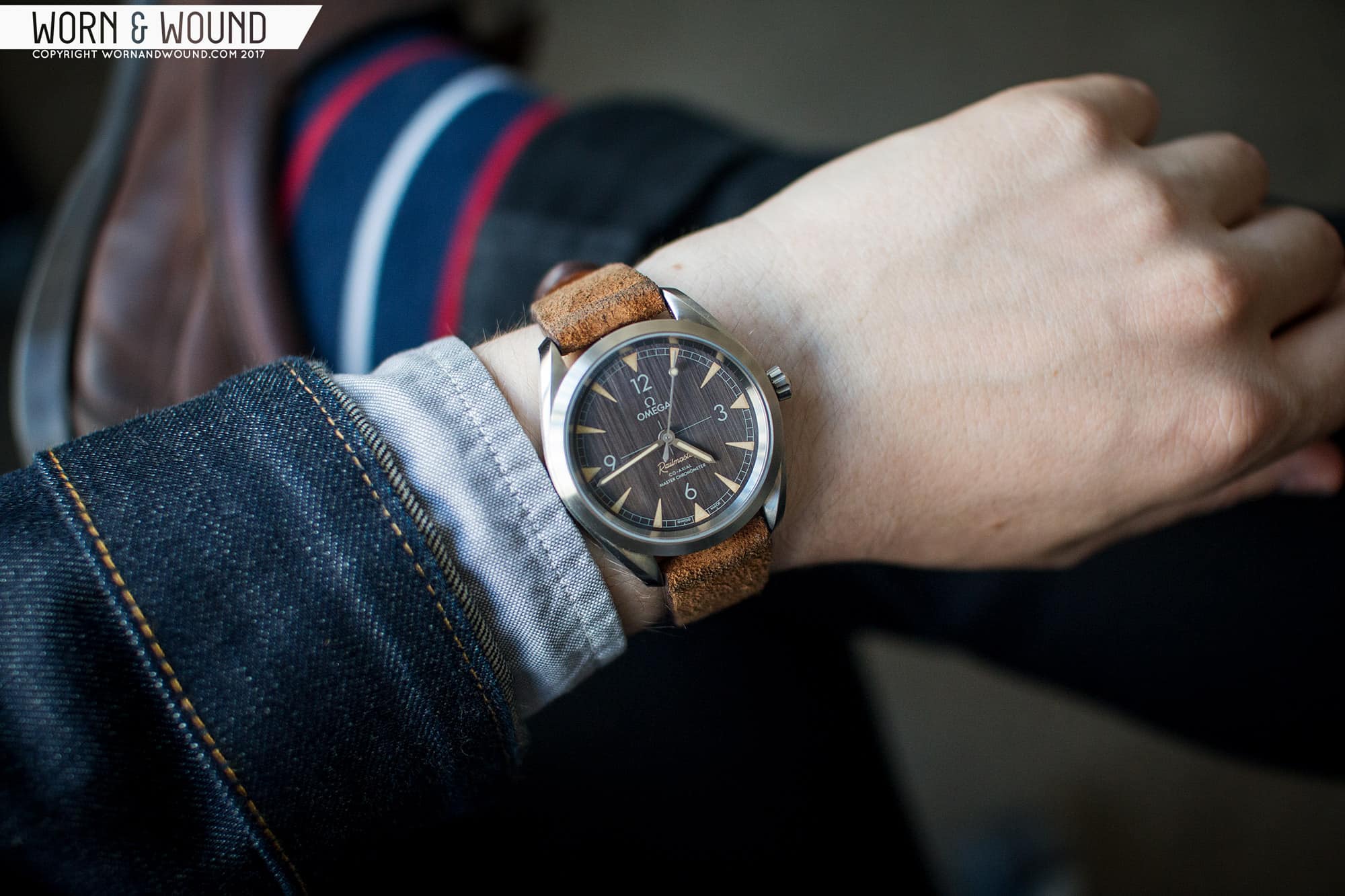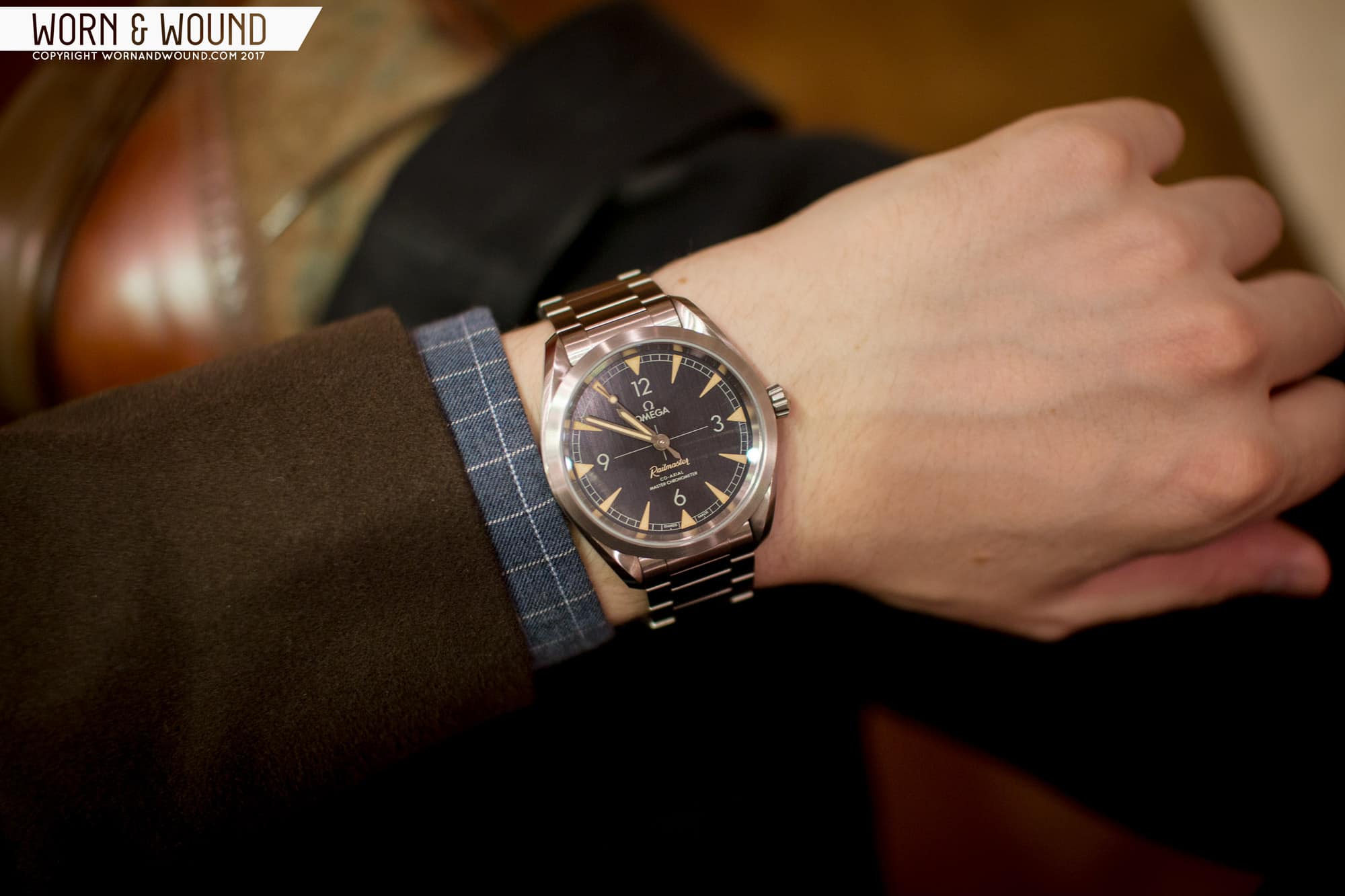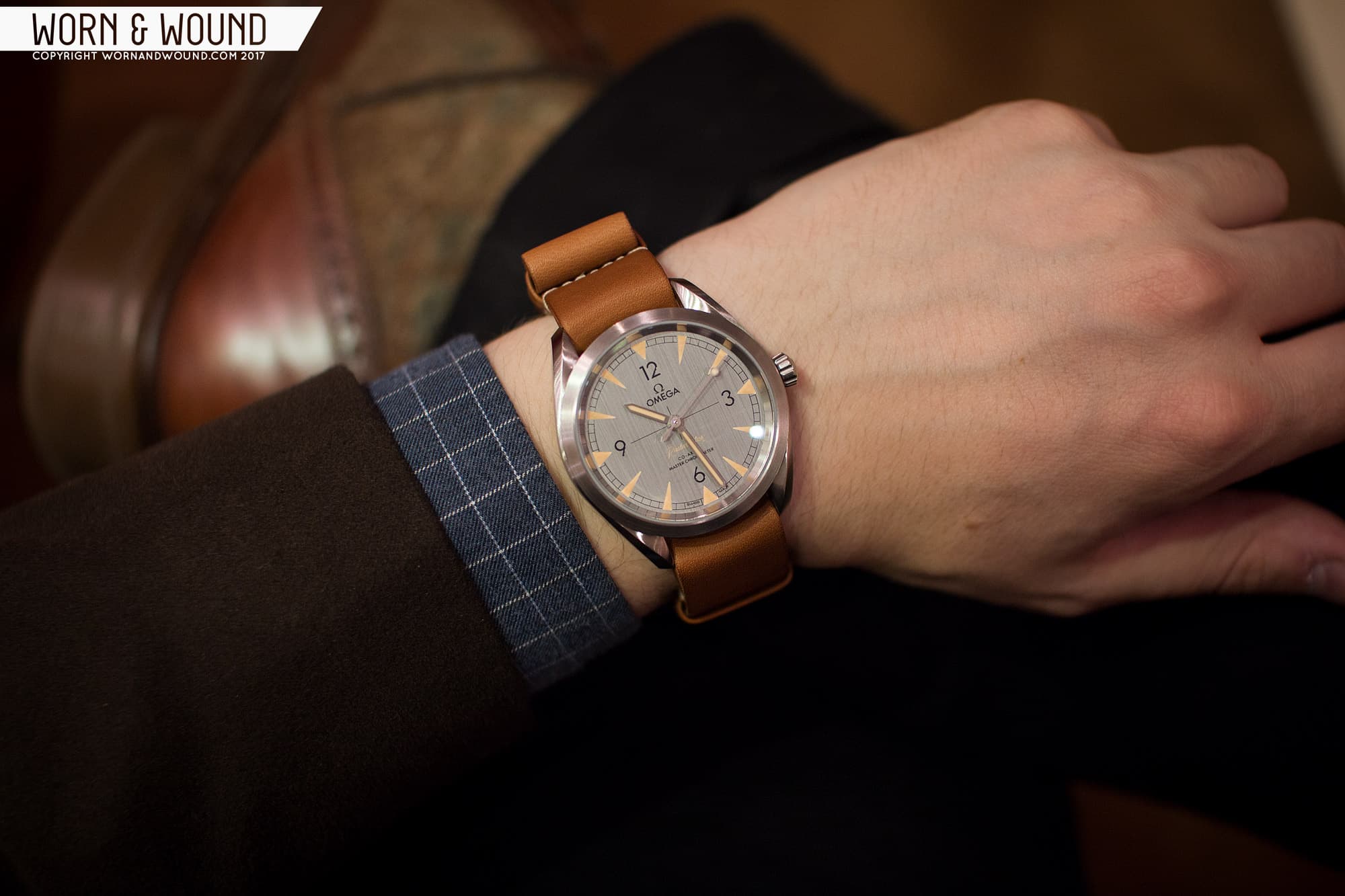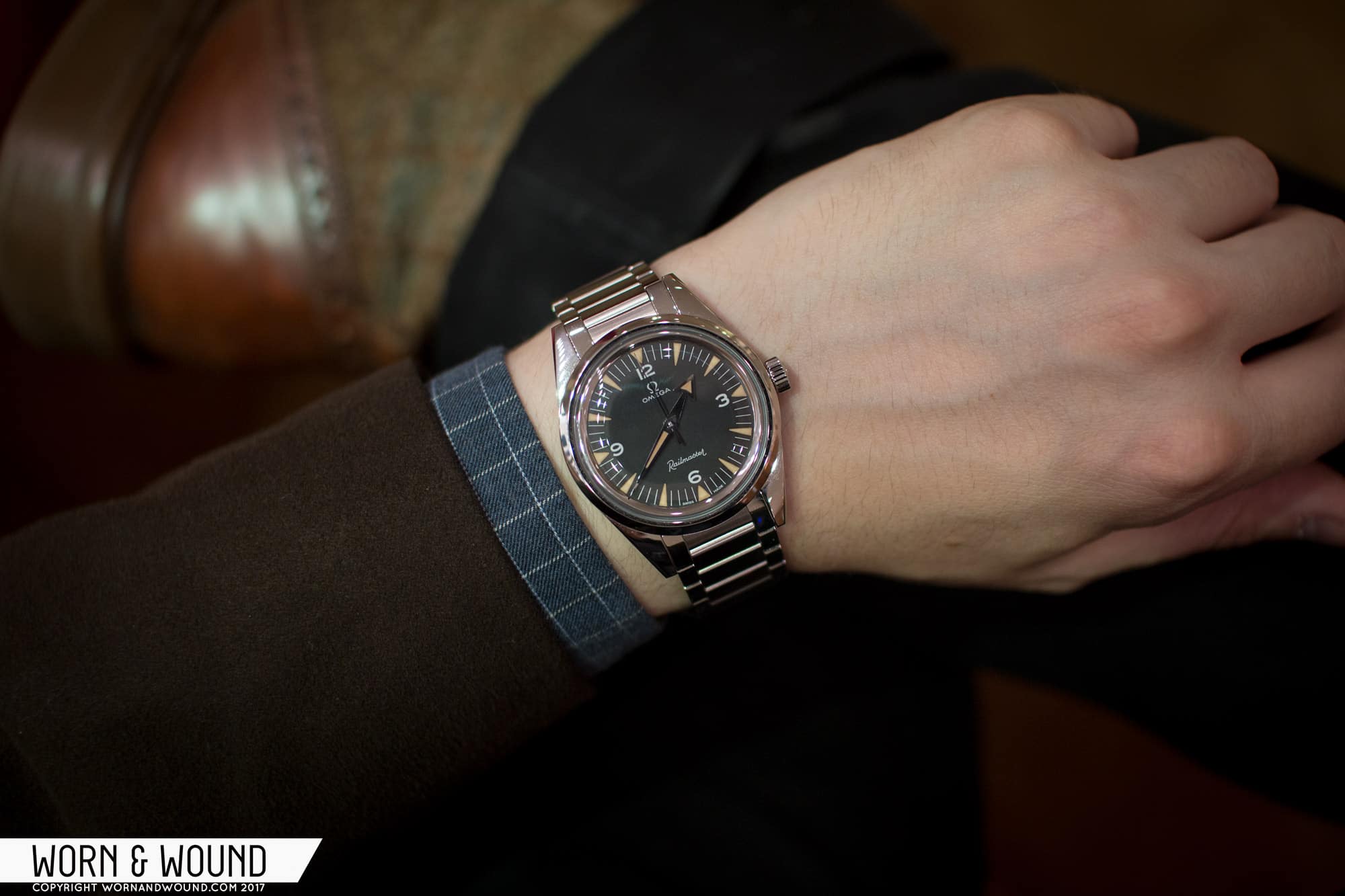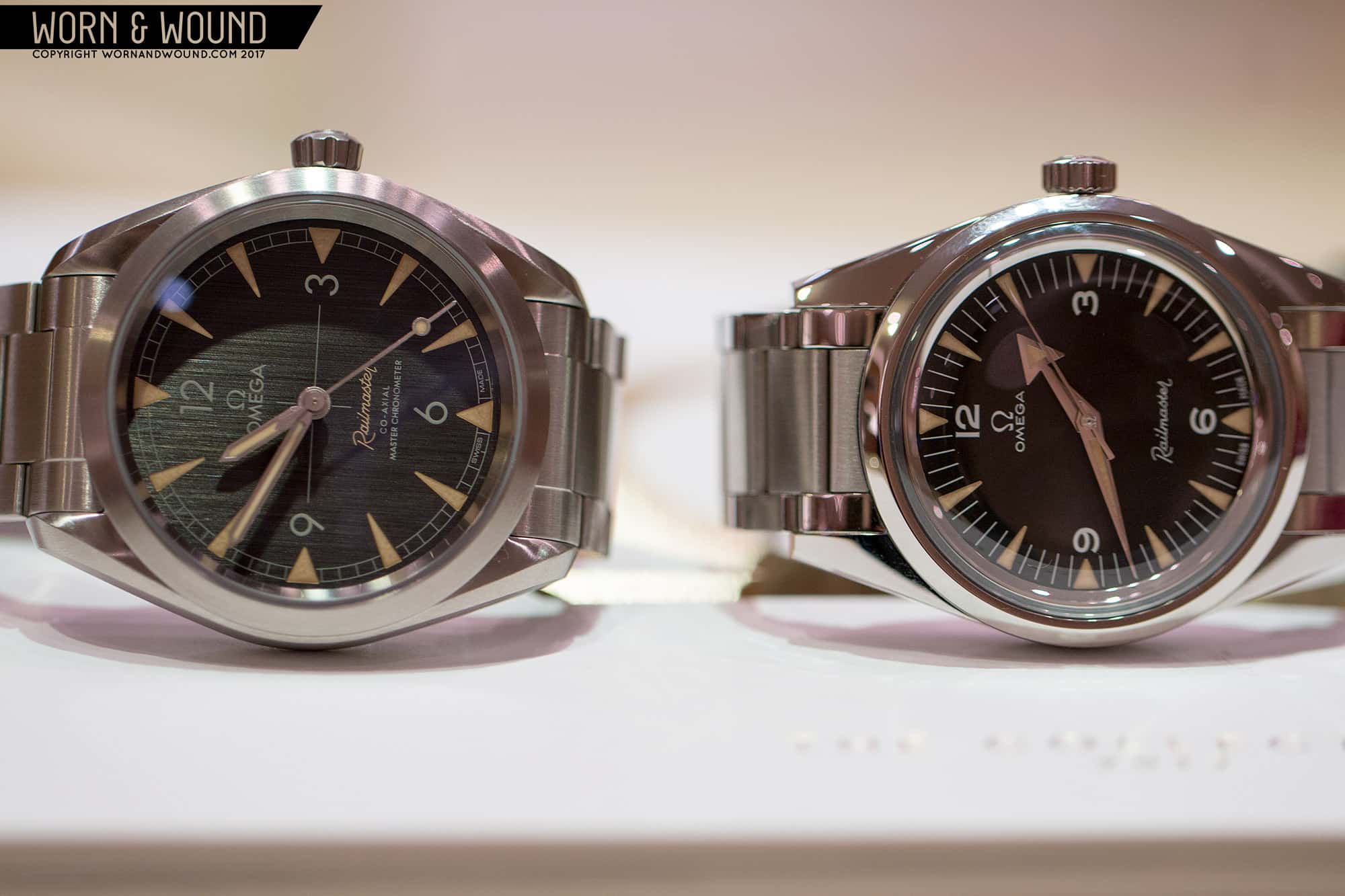When the topic of luxury watch brands comes to mind, Omega is likely one of this first you think of. Even if you aren’t into watches, chances are you are aware of the brand. Whether it’s because of their long and rich history (which we detailed here), a relative who wears one, ubiquitous media, event sponsorship or James Bond uttering the word “Omeeega” on a train, they are a household name. Then, should you fall into the trap of becoming a watch enthusiast, it won’t be long until you find yourself with one on your wrist. They are one of those brands that are so core to the mythology of the modern watch, that it’s impossible to not be intrigued by their story and the watches they’ve created over the years.
For most people, the first Omega they will think of is the Speedmaster, and for good reason. The first watch worn on the Moon, it’s as iconic as a watch can be, still a mainstay for the brand, and has the unique feature of being largely unchanged for the last 50 years (the Speedmaster Professional, that is). It’s one of the few watches that is as much a cult classic as a popular success. But, it’s not the only watch the brand is known for, and this year at Basel 2017, Omega celebrated not only the Speedmaster, but two other significant watches that were released alongside it in 1957, the Seamaster 300 and the Railmaster with near visually identical, limited edition rereleases.
While not the Speedmaster in caché, the Seamaster 300 is certainly a well-known and regarded timepiece. Highly collectible and visually intriguing, it’s a big part of Omega’s history. The Railmaster, however, is a bit of an underdog. Alongside the Rolex Milgauss and IWC Ingenieur, it was one of a few watches released in the mid-twentieth century that dealt with the ever-growing concern of magnetism, specifically for railroad engineers and other professionals exposed to magnetic fields. By surrounding the watch’s movement in soft iron, they effectively created a Faraday cage, protecting against up to 1,000 Gauss or 80,000 A/m. (Interesting aside, Tissot is credited with making the first anti-magnetic wristwatch in 1929.)
While conceptually cool, the Railmaster wasn’t a big hit (neither was the early Milgauss) and the watch was discontinued in 1963. While its short lifespan denied the Railmaster the same prestige as its other “master” siblings, it does equate to high collectibility on the vintage market. Regardless, there it stayed in the archives until 2003, when it made a bit of an odd resurgence. Now under the Seamaster Aqua Terra line, the 2003 models were available in 36, 39, 42 and a monstrous 50mm (with a manual Unitas movement). The smaller versions were available with Omega’s new co-axial chronometer calibers. I’ll get to co-axial movements later, but these were among the first watches by the brand to sport this revolutionary technology created by George Daniels.
These Railmasters appear to have remained in the line for a longer time, eventually disappearing in 2012. While visually appealing and sticking to the design motif of the original, this era of the Railmaster had a significant conceptual flaw (though I doubt it played into their eventual retirement)–they had no consideration for magnetism. There was no soft iron cage shielding the co-axial escapement. Quite the opposite, in fact–they featured display case backs. It seems they were Railmasters because of their chronometer status–playing off of the idea of the railway watch–and dial design only.
Once again, the Railmaster was back in the file cabinet. During its absence, Omega turned their engineer’s eyes back to the problem that first inspired the watch–magnetism. Now utilizing silicon in the movement itself–which is non-ferrous by nature–along with other non-ferrous alloys, Omega announced in 2013 their caliber 8508, first featured in the Aqua Terra >15,000 Gauss. As the name indicates, Omega outdid the previous standard of 1,000 Gauss by 15 times, creating a watch that needs no shielding to perform (or outperform, as the case may be, those with soft-iron cages) as the movement itself can’t get magnetized.
Omega introduced this technology into more of their calibers, and eventually began to submit them through a new testing process, earning their >15,000 Gauss, chronometer-rated movements the title of “Master Chronometers.” Now, in 2017, 60 years after launching the Railmaster and equipped with an arsenal of industry-leading tech, Omega has brought the Railmaster back. And while you might be thinking about the LE anniversary model that got a lot of attention last spring, it’s actually this new non-limited version that really matters.
Sporting the Master Chronometer caliber 8806 with a co-axial escapement, the Seamaster Aqua Terra Railmaster is a true spiritual successor to the original, and a visual evolution on the theme. The soft iron cage is gone, but the anti-magnetic concept that first defined it is still at its core. But perhaps what makes this watch so intriguing to worn&wound is that for the first time a Master Chronometer watch will be available just shy of $5,000 at $4,900 MSRP on a strap ($5,000 as shown on bracelet). While this certainly is far from inexpensive, for a tech-laden watch from a major luxury brand, it’s very competitive and represents a unique “entry-level” luxury offering that any watch enthusiast should be aware of.









 Featured Videos
Featured Videos




